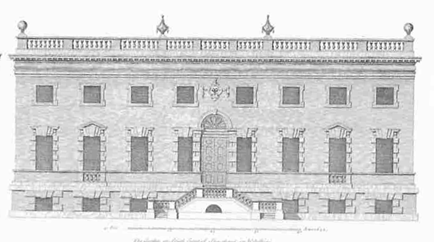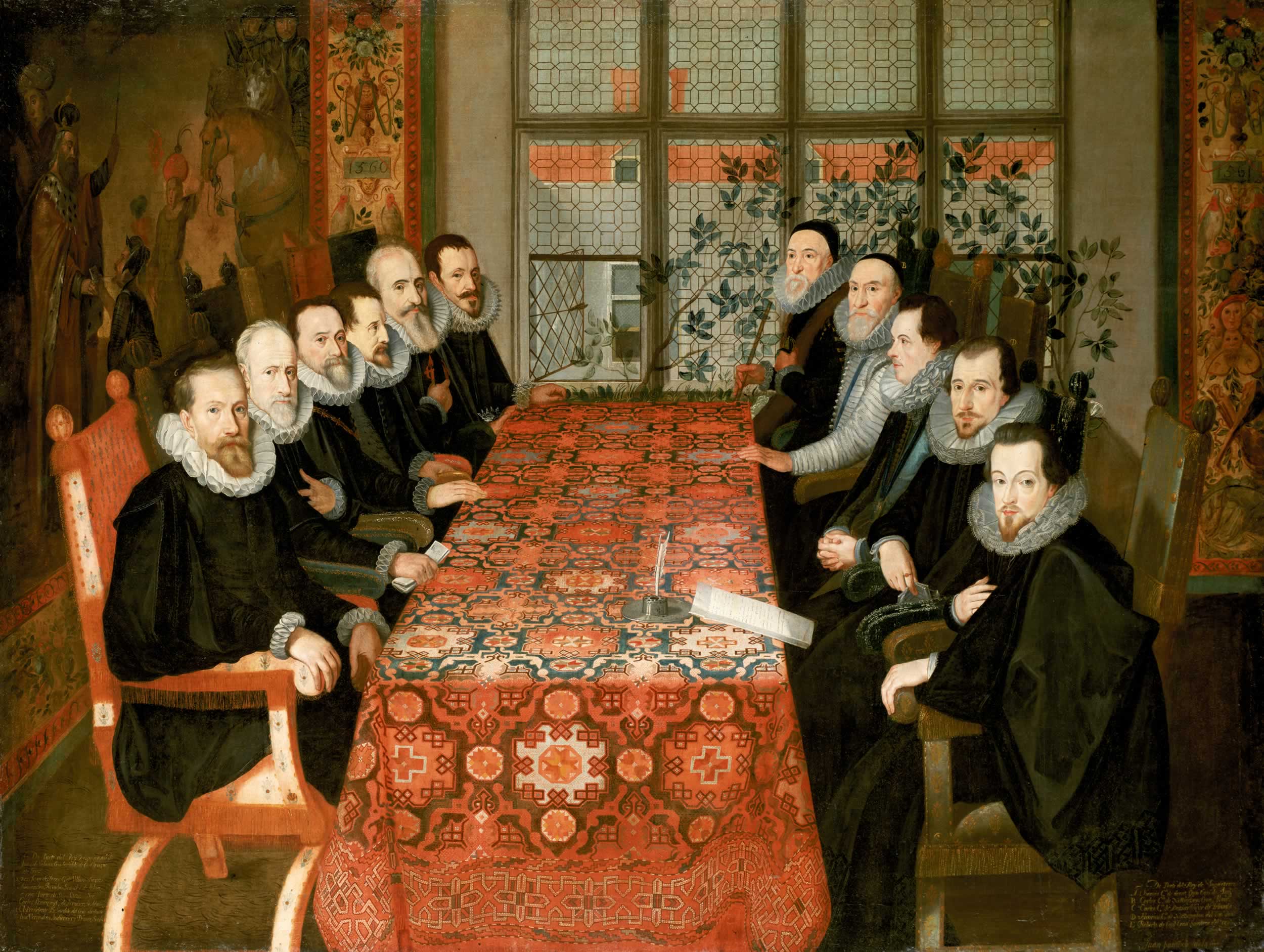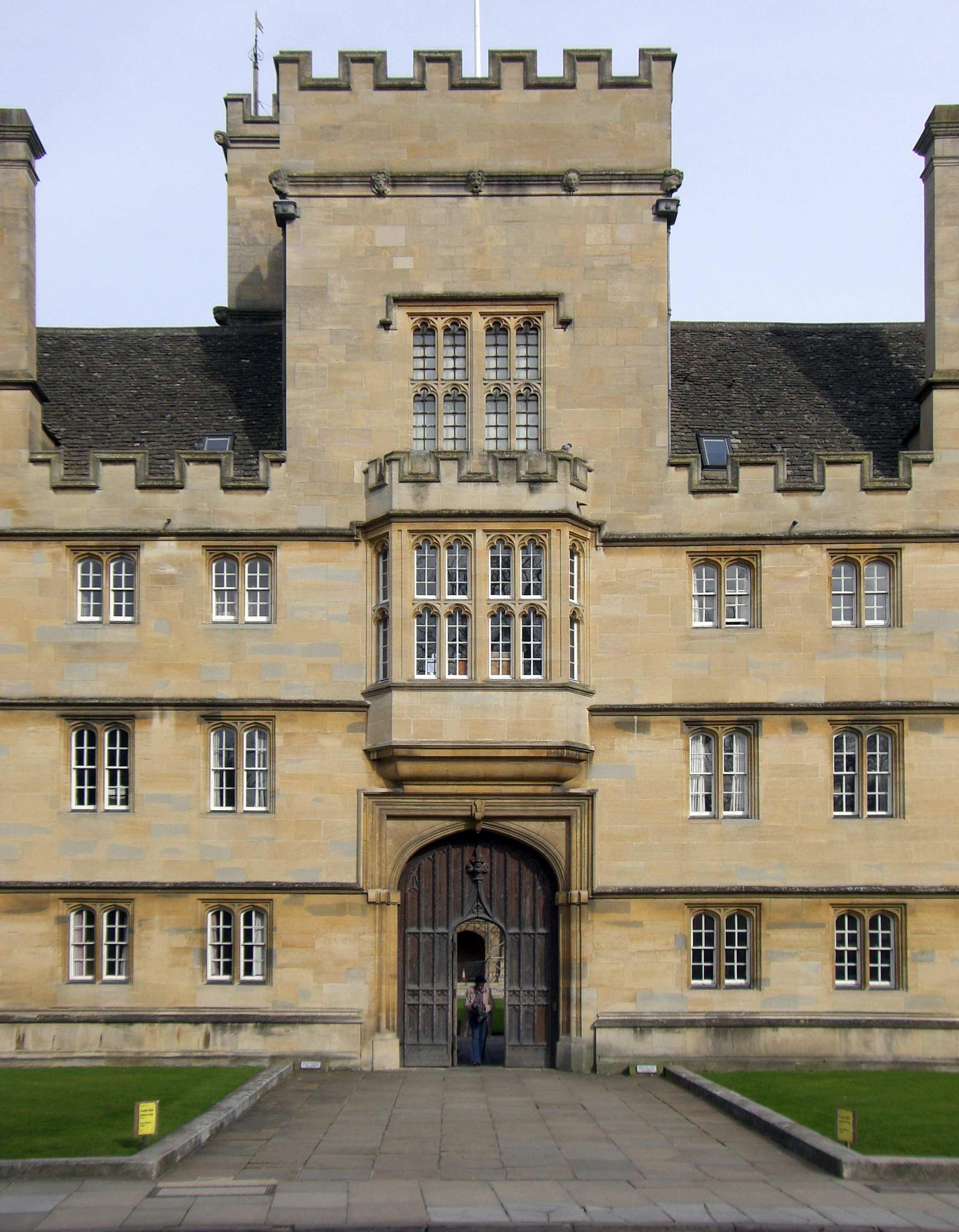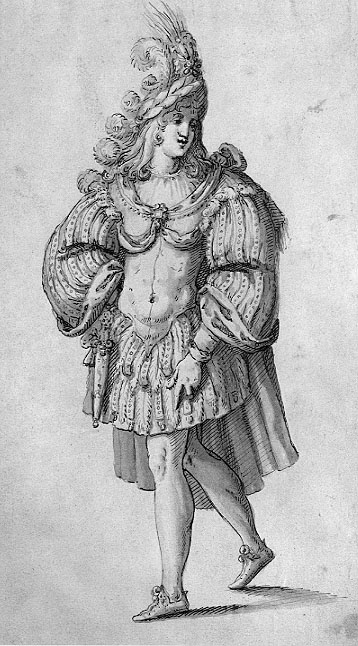|
Colen Campbell
Colen Campbell (15 June 1676 – 13 September 1729) was a pioneering Scottish architect and architectural writer who played an important part in the development of the Georgian style. For most of his career, he resided in Italy and England. As well as his architectural designs, he is known for ''Vitruvius Britannicus'', three volumes of high-quality engravings showing the great houses of the time. Early life A descendant of the Campbells of Cawdor Castle, he is believed to be the Colinus Campbell who graduated from the University of Edinburgh in July 1695.page 7, Catalogue of the Drawings Collection of the Royal Institute of British Architects: Colen Campbell, John Harris 1973, Gregg International Publishers Ltd He initially trained as a lawyer, being admitted to the Faculty of Advocates on 29 July 1702. He travelled in Italy between 1695 and 1702, and is believed to be the Colinus Campbell who signed the visitor's book at the University of Padua in 1697. He is believed to ... [...More Info...] [...Related Items...] OR: [Wikipedia] [Google] [Baidu] |
Brodie Castle
Brodie Castle is a well-preserved Z-plan tower house located about west of Forres, in Moray, Scotland. The castle is a Category A listed building, and the grounds are included in the Inventory of Gardens and Designed Landscapes in Scotland. The Brodie family The original Z-plan tower house was completed in 1567 by Clan Brodie and was partially burned by fire in 1645 by Lewis Gordon of Clan Gordon, the 3rd Marquis of Huntly. In 1824, architect William Burn was commissioned to convert it into a mansion house in the Scots Baronial style, but these additions were only partially completed and were later remodelled by James Wylson (). It is widely accepted that the family has been associated with the land on which the castle stands since around 1160, when it is believed that King Malcolm IV gave the land to the family. Ninian Brodie of Brodie, the castle's last resident member of the family, died in 2003. One wing of the castle is available for visitors to hire as holiday a ... [...More Info...] [...Related Items...] OR: [Wikipedia] [Google] [Baidu] |
John Shute (architect)
John Shute (died 1563) was an English artist and architect who was born in Cullompton, Devon. His book, ''The First and Chief Grounds of Architecture'', was the first work in English on classical architecture.Morris p.46 Shute's patron was John Dudley, 1st Duke of Northumberland, for whom he built a residential wing at Dudley Castle. He was also known as a painter of miniatures. See also *Kenilworth Castle Kenilworth Castle is a castle in the town of Kenilworth in Warwickshire, England, managed by English Heritage; much of it is in ruins. The castle was founded after the Norman Conquest of 1066; with development through to the Tudor period. It ... Notes References *Morris, R. K. (2010): ''Kenilworth Castle'' English Heritage Further reading *Shute, John (1563)''The first and chief groundes of architecture used in all the auncient and famous monymentes & with a farther & more ample discouse uppon the same, than hitherto hath been set out by any other'' Year o ... [...More Info...] [...Related Items...] OR: [Wikipedia] [Google] [Baidu] |
Somerset House
Somerset House is a large neoclassical architecture, neoclassical building complex situated on the south side of the Strand, London, Strand in central London, overlooking the River Thames, just east of Waterloo Bridge. The Georgian era quadrangle is built on the site of a Tudor period, Tudor palace ("Old Somerset House") originally belonging to the Edward Seymour, 1st Duke of Somerset, Duke of Somerset. The present Somerset House was designed by William Chambers (architect), Sir William Chambers, begun in 1776, and was further extended with Victorian era outer wings to the east and west in 1831 and 1856 respectively. The site of Somerset House stood directly on the River Thames until the Victoria Embankment was built in the late 1860s. The great Georgian era structure was built to be a grand public building housing various government and public-benefit society offices. Its present tenants are a mixture of various organisations, generally centred around the arts and education. ... [...More Info...] [...Related Items...] OR: [Wikipedia] [Google] [Baidu] |
Palladian Architecture
Palladian architecture is a European architectural style derived from the work of the Venetian architect Andrea Palladio (1508–1580). What is today recognised as Palladian architecture evolved from his concepts of symmetry, perspective and the principles of formal classical architecture from ancient Greek and Roman traditions. In the 17th and 18th centuries, Palladio's interpretation of this classical architecture developed into the style known as Palladianism. Palladianism emerged in England in the early 17th century, led by Inigo Jones, whose Queen's House at Greenwich has been described as the first English Palladian building. Its development faltered at the onset of the English Civil War. After the Stuart Restoration, the architectural landscape was dominated by the more flamboyant English Baroque. Palladianism returned to fashion after a reaction against the Baroque in the early 18th century, fuelled by the publication of a number of architectural books, including Pal ... [...More Info...] [...Related Items...] OR: [Wikipedia] [Google] [Baidu] |
Plantation
Plantations are farms specializing in cash crops, usually mainly planting a single crop, with perhaps ancillary areas for vegetables for eating and so on. Plantations, centered on a plantation house, grow crops including cotton, cannabis, tobacco, coffee, tea, cocoa, sugar cane, opium, sisal, oil seeds, oil palms, fruits, rubber trees and forest trees. Protectionist policies and natural comparative advantage have sometimes contributed to determining where plantations are located. In modern use, the term usually refers only to large-scale estates. Before about 1860, it was the usual term for a farm of any size in the southern parts of British North America, with, as Noah Webster noted, "farm" becoming the usual term from about Maryland northward. The enslavement of people was the norm in Maryland and states southward. The plantations there were forced-labor farms. The term "plantation" was used in most British colonies but very rarely in the United Kingdom itself i ... [...More Info...] [...Related Items...] OR: [Wikipedia] [Google] [Baidu] |
Parterre
A ''parterre'' is a part of a formal garden constructed on a level substrate, consisting of symmetrical patterns, made up by plant beds, plats, low hedges or coloured gravels, which are separated and connected by paths. Typically it was the part of the garden nearest the house, perhaps after a terrace. The view of a parterre from inside the house, especially from the upper floors, was a major consideration in its design. The word "parterre" was and is used both for the whole part of the garden containing parterres and for each individual section between the "alleys". The pattern or the borders of the beds may be marked by low, tightly pruned, evergreen hedge (gardening) , hedging, and their interiors may be planted with flowers or other plants or filled with mulch or gravel. Parterres need not have any flowers at all, and the originals from the 17th and 18th centuries had far fewer than modern survivals or reconstructions. Statues or small evergreen trees, clipped as pyra ... [...More Info...] [...Related Items...] OR: [Wikipedia] [Google] [Baidu] |
George I Of Great Britain
George I (George Louis; ; 28 May 1660 – 11 June 1727) was King of Great Britain and King of Ireland, Ireland from 1 August 1714 and ruler of the Electorate of Hanover within the Holy Roman Empire from 23 January 1698 until his death in 1727. He was the first British monarch of the House of Hanover. Born in Hanover to Ernest Augustus, Elector of Hanover, Ernest Augustus and Sophia of Hanover, George inherited the titles and lands of the Duchy of Brunswick-Lüneburg from his father and uncles. In 1682, he married his cousin Sophia Dorothea of Celle, with whom he had two children; he also had three daughters with his mistress Melusine von der Schulenburg. George and Sophia Dorothea divorced in 1694. A succession of European wars expanded George's German domains during his lifetime; he was ratified as prince-elector of Hanover in 1708. As the senior Protestant descendant of his great-grandfather James VI and I, George inherited the British throne following the deaths in 1714 of ... [...More Info...] [...Related Items...] OR: [Wikipedia] [Google] [Baidu] |
House Of Hanover
The House of Hanover ( ) is a European royal house with roots tracing back to the 17th century. Its members, known as Hanoverians, ruled Hanover, Great Britain, Ireland, and the British Empire at various times during the 17th to 20th centuries. Originating as a cadet branch of the House of Welf (also "Guelf" or "Guelph") in 1635, also known then as the House of Brunswick-Lüneburg, the Hanoverians ascended to prominence with Hanover's elevation to an Electorate of the Holy Roman Empire in 1692. In 1714 George I, prince-elector of Hanover and a descendant of King James VI and I, assumed the throne of Great Britain and Ireland, marking the beginning of Hanoverian rule over the British Empire. At the end of this line, Queen Victoria's death in 1901, the throne of the United Kingdom passed to her eldest son Edward VII, a member of the House of Saxe-Coburg and Gotha, through his father Albert, Prince Consort. The last reigning members of the House of Hanover lost the Duchy ... [...More Info...] [...Related Items...] OR: [Wikipedia] [Google] [Baidu] |
Baroque
The Baroque ( , , ) is a Western Style (visual arts), style of Baroque architecture, architecture, Baroque music, music, Baroque dance, dance, Baroque painting, painting, Baroque sculpture, sculpture, poetry, and other arts that flourished from the early 17th century until the 1750s. It followed Renaissance art and Mannerism and preceded the Rococo (in the past often referred to as "late Baroque") and Neoclassicism, Neoclassical styles. It was encouraged by the Catholic Church as a means to counter the simplicity and austerity of Protestant architecture, art, and music, though Lutheran art#Baroque period, Lutheran Baroque art developed in parts of Europe as well. The Baroque style used contrast, movement, exuberant detail, deep color, grandeur, and surprise to achieve a sense of awe. The style began at the start of the 17th century in Rome, then spread rapidly to the rest of Italy, France, Spain, and Portugal, then to Austria, southern Germany, Poland and Russia. By the 1730s, i ... [...More Info...] [...Related Items...] OR: [Wikipedia] [Google] [Baidu] |
Christopher Wren
Sir Christopher Wren FRS (; – ) was an English architect, astronomer, mathematician and physicist who was one of the most highly acclaimed architects in the history of England. Known for his work in the English Baroque style, he was accorded responsibility for rebuilding 52 churches in the City of London after the Great Fire in 1666, including what is regarded as his masterpiece, St Paul's Cathedral, on Ludgate Hill, completed in 1710. The principal creative responsibility for a number of the churches is now more commonly attributed to others in his office, especially Nicholas Hawksmoor. Other notable buildings by Wren include the Royal Hospital Chelsea, the Old Royal Naval College, Greenwich, and the south front of Hampton Court Palace. Educated in Latin and Aristotelian physics at the University of Oxford, Wren was a founder of the Royal Society and served as its president from 1680 to 1682. His scientific work was highly regarded by Isaac Newton and Blaise ... [...More Info...] [...Related Items...] OR: [Wikipedia] [Google] [Baidu] |
Inigo Jones
Inigo Jones (15 July 1573 – 21 June 1652) was an English architect who was the first significant Architecture of England, architect in England in the early modern era and the first to employ Vitruvius, Vitruvian rules of proportion and symmetry in his buildings. As the most notable architect in England, Jones was the first person to introduce the classical architecture of Rome and the Italian Renaissance to England. He left his mark on London by his design of single buildings, such as the Queen's House which is the first building in England designed in a pure classical style, and the Banqueting House, Whitehall, as well as the layout for Covent Garden square which became a model for future developments in the West End. He made major contributions to Scenic design, stage design by his work as a theatrical designer for several dozen masques, most by royal command and many in collaboration with Ben Jonson. Early life and career Beyond that he was born in Smithfield, London, Smit ... [...More Info...] [...Related Items...] OR: [Wikipedia] [Google] [Baidu] |
Engraving
Engraving is the practice of incising a design on a hard, usually flat surface by cutting grooves into it with a Burin (engraving), burin. The result may be a decorated object in itself, as when silver, gold, steel, or Glass engraving, glass are engraved, or may provide an Intaglio (printmaking), intaglio printing plate, of copper or another metal, for printing images on paper as prints or illustrations; these images are also called "engravings". Engraving is one of the oldest and most important techniques in printmaking. Wood engravings, a form of relief printing and stone engravings, such as petroglyphs, are not covered in this article. Engraving was a historically important method of producing images on paper in artistic printmaking, in mapmaking, and also for commercial reproductions and illustrations for books and magazines. It has long been replaced by various photographic processes in its commercial applications and, partly because of the difficulty of learning the techni ... [...More Info...] [...Related Items...] OR: [Wikipedia] [Google] [Baidu] |









